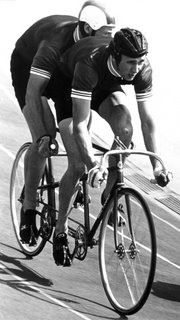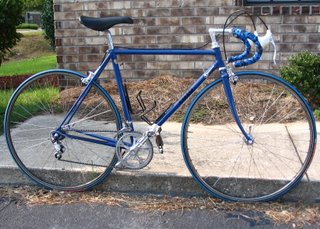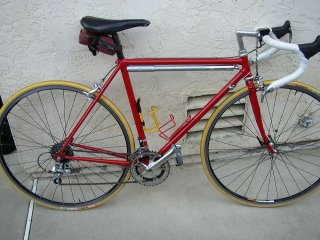Utter Rubbish
 Fri, August 11, 2006
Fri, August 11, 2006 
My Blog of July 21st on stem length has been shot down, debunked, dismissed as “Utter Rubbish.”
I failed to take into account the Competitive Fit, the Eddy Fit, the French Fit, and also the little known and yet to be accepted, Hissy Fit. I also realized that rude people may have a longer middle finger than most throwing the whole formula out of whack.
If you rushed out and bought a new handlebar stem on the strength of my Blog, I apologize. But look at it this way; your local bike store needs the business.
Let’s face it; every time a bike store closes its doors people become homeless. Forced to get out and actually ride their bikes instead of being able to stand around at the weekends in a friendly, climate controlled atmosphere, and BS about bikes.
This elbow against the tip of the saddle trick is just an “Old wife’s tale” and should be totally ignored. I was simply pointing out that there is often a grain of truth to most folk lore and that the length of forearm is relevant to foot length and therefore to the rest of the body.
Most old wives will also verify that length of the foot is relevant to penis size; which makes perfect sense when you consider that long feet prevent well endowed men from falling on their face.
 Dave Moulton | Comments Off |
Dave Moulton | Comments Off | 






















